No products in the cart.
NEWS
Unlock Early Harvests: Planting Bare Root Fruit Trees in Fall
Bare-root fruit trees offer a wonderful opportunity for gardeners to establish a home orchard. Arriving dormant with their roots exposed, these trees are ready to transition from their nursery phase directly into your prepared soil. Compared to their potted counterparts, bare-root trees are often more economical, available in a wider array of varieties, and typically establish themselves quickly when planted correctly.
Traditionally, late winter or early spring is considered the prime time for planting bare-root stock. However, for those gardening in warmer climates, specifically USDA hardiness zones 8 and above, fall planting presents compelling advantages. This practice allows trees to begin settling into their new home before the harsh conditions of winter arrive, giving them a crucial head start.
Why consider planting your bare root fruit trees as the leaves begin to turn? The benefits are numerous, particularly in suitable zones:
Planting in autumn provides an essential head start on root development. While the top of the tree remains dormant, the roots can quietly grow and establish themselves in the warmer soil, preparing the tree for vigorous growth once spring arrives. This early establishment can significantly reduce the time it takes for a fruit tree to reach maturity and begin producing. For those eager for fruit, this foundational growth phase is critical.
Fall-planted trees generally require less intensive maintenance, especially concerning irrigation, compared to those planted in spring. As the weather cools and natural rainfall increases, the need for frequent supplemental watering decreases significantly. This frees up gardeners’ time and resources during a less busy period.
Fruit trees need a specific number of “chill hours” – hours below a certain temperature threshold – to initiate flowering and fruit production. Planting in the fall allows the tree to experience an entire season’s worth of accumulated chill hours immediately after planting. This can potentially lead to the tree flowering and even producing a small harvest in its very first growing season, a rewarding outcome for any gardener.
It is important to note that these advantages are most pronounced in zones with milder winters. If you reside in zone 7 or colder, where prolonged deep freezes are common, it is generally advisable to wait until late winter or early spring when the ground is workable but before bud break to plant bare-root fruit trees.
A primary consideration for fall planting is the availability of bare-root trees. While spring is the peak season for nurseries to ship dormant stock, some suppliers do offer trees for fall delivery. Seeking out these sources is necessary to take advantage of placing your new fruit trees in the ground sooner.
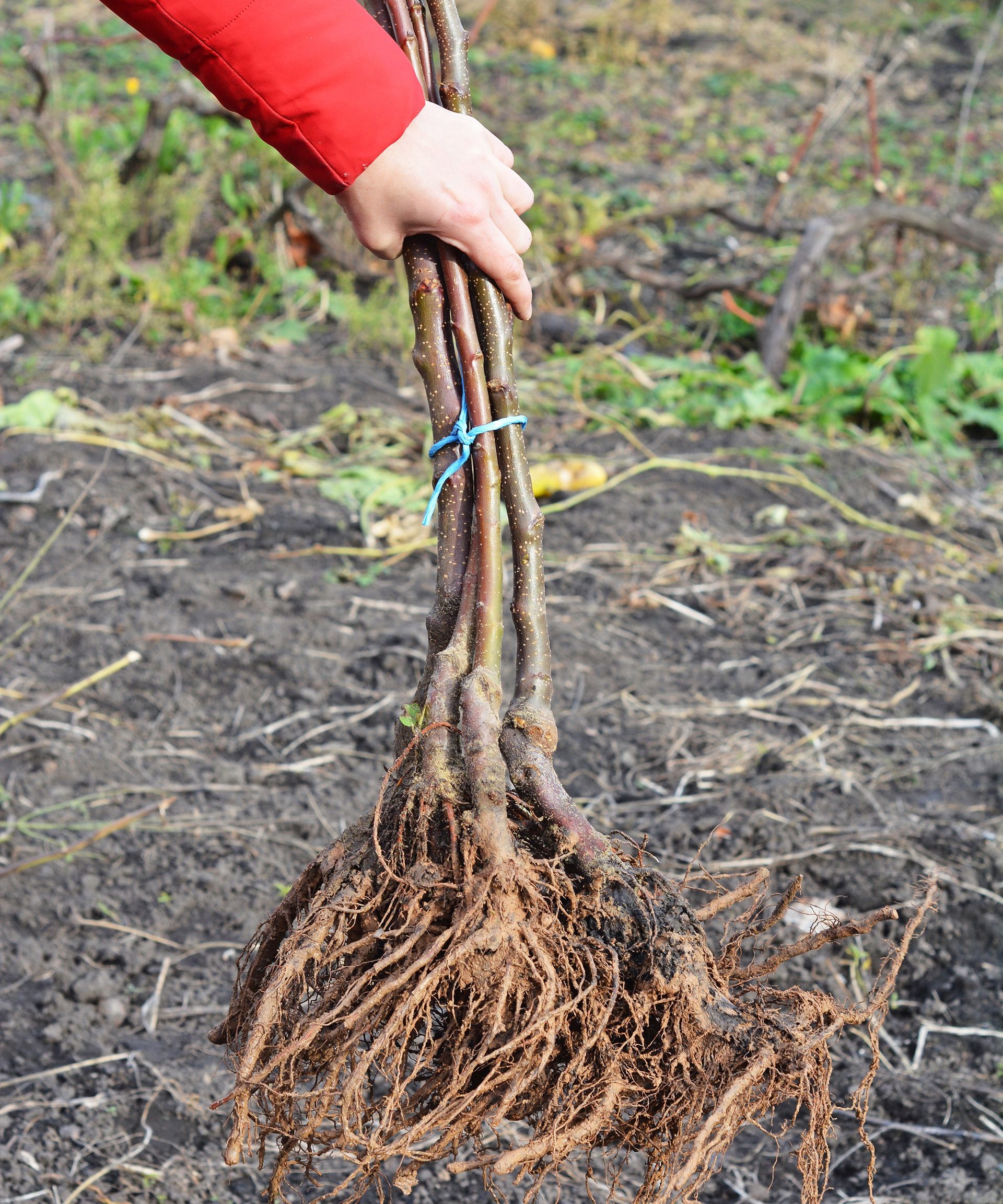 Gardener preparing to plant a bare-root fruit tree
Gardener preparing to plant a bare-root fruit tree
Step-by-Step Guide to Planting Bare Root Fruit Trees
Once you have selected your bare-root trees and are ready to plant, careful site preparation is key to their success. Choose a location with adequate sunlight and well-drained soil, appropriate for the specific fruit type you are planting. Dig a planting hole that is wide and deep enough to comfortably accommodate the tree’s root system without bending or crowding the roots. Amending the soil with organic matter like compost can improve structure and fertility, especially in heavy clay or very sandy soils.
Before placing the tree in the ground, hydrate the roots. Submerge the entire root system in a bucket of water for a couple of hours. This helps rehydrate the roots after storage and transportation, preparing them for planting.
Plant the tree to the correct depth. Look for a visible soil line on the trunk from its previous location in the nursery. Plant the tree so this line is level with the surrounding soil surface. If no soil line is visible, position the tree so the crown (where the roots meet the trunk) is just above the soil level, ensuring the graft point (a swollen or angled area on the lower trunk of grafted trees) is well above the finished soil grade.
After carefully backfilling the hole with prepared soil, gently tamp it down to remove air pockets. Water the tree thoroughly to settle the soil around the roots. In locations prone to strong winds or if the tree is large, using a stake for support for the first year can help the roots establish firmly.
Finally, apply a generous layer of organic mulch, such as wood chips or compost, around the base of the tree. Keep the mulch a few inches away from the trunk to prevent moisture buildup and potential rot. Mulching helps retain soil moisture, suppress weeds, moderate soil temperature, and in colder climates, provide insulation for the roots during winter. Consider installing a tree guard or wrapping the trunk in areas where rodents or other animals may chew on the bark during the dormant season.
Best Bare Root Fruit Trees to Plant in Fall
Whether your vision is a sprawling backyard orchard or just a few key trees to enhance your landscape and provide fresh fruit, selecting the right varieties for your climate and goals is paramount. Many popular fruit tree types are well-suited for fall bare-root planting in appropriate zones.
Apples
A quintessential symbol of autumn, apples are a highly rewarding fruit to grow. The possibility of harvesting fruit in your first full growing season is a significant draw to fall planting. The diversity of apple varieties is vast, offering options for nearly every palate and purpose. When selecting a bare-root apple tree, choose a variety known to thrive in your specific USDA hardiness zone and consider those known for their ease of care and disease resistance, such as ‘Enterprise’, ‘Liberty’, or ‘Jonafree’. Many apple varieties are well-adapted to colder climates, making them a staple in northern orchards. After planting, provide support with staking if needed and ensure roots are protected with a substantial layer of mulch.
Pears
Often considered easier to grow than apples due to their natural resistance to many common fruit tree diseases, pears are another excellent choice for fall planting. They offer a delicious harvest and can be grown in a wide range of climates. For colder regions, varieties like ‘Golden Spice’, ‘Gourmet’, and ‘Luscious’ are good choices. Gardeners in warmer areas might prefer ‘Moonglow’, ‘Seckel’, or the crisp Asian pear variety ‘Olympic’. It’s wise to avoid varieties known for low fire blight resistance, such as ‘Bartlett’, if this disease is prevalent in your area. A light prune after leaf drop in the fall can help shape the young tree, and mulching is essential for root protection throughout the winter.
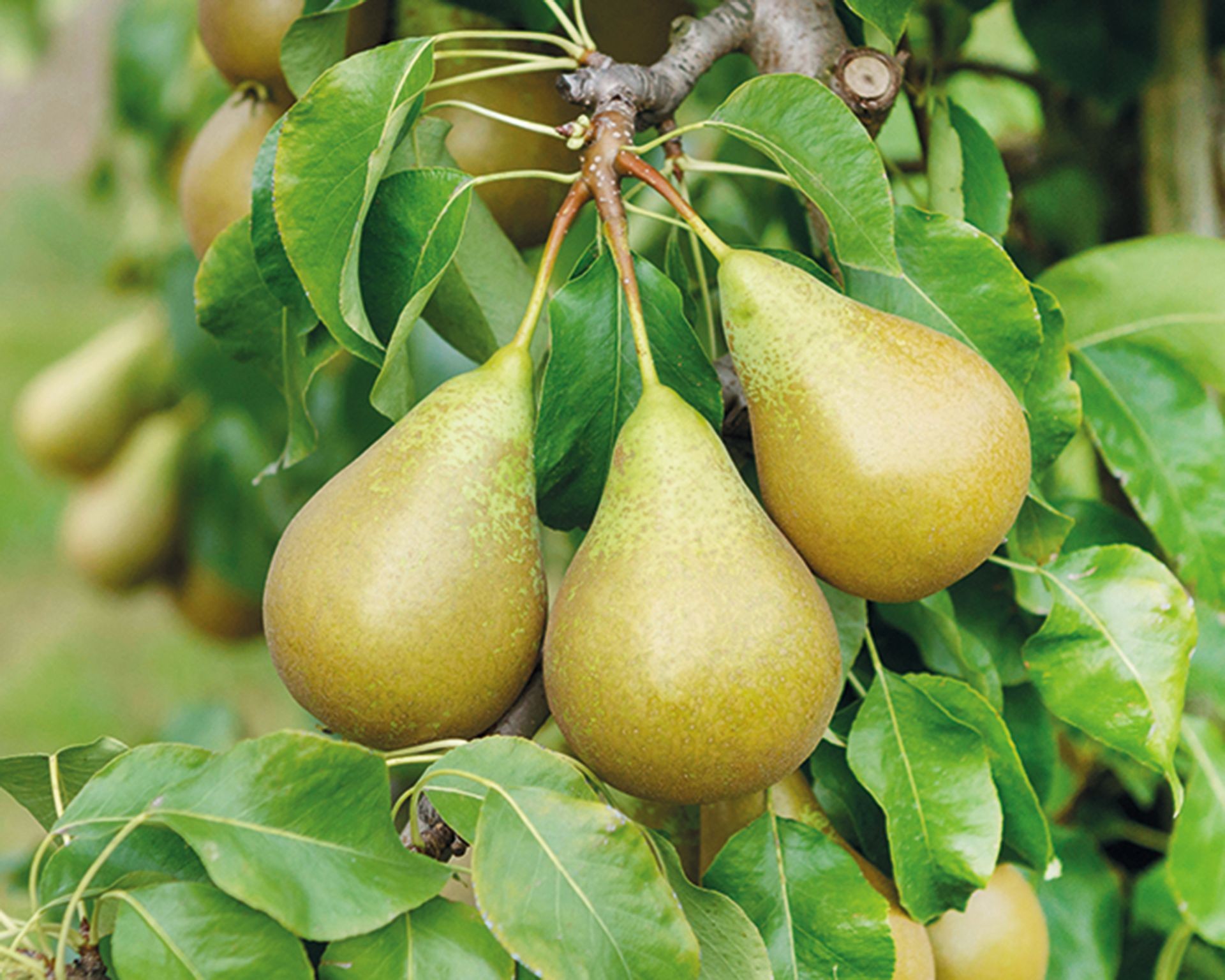 Cluster of ripe Conference pears hanging from a tree branch
Cluster of ripe Conference pears hanging from a tree branch
Peaches
These beloved stone fruits can be successfully planted as bare roots in the fall, provided they are established correctly. Peaches boast remarkable adaptability, with varieties suited for climates ranging from quite cold to those as far south as Florida. Hardy cultivars recommended for northern areas include ‘Redhaven’, ‘Sunhaven’, and ‘Garnet Beauty’. Gardeners in warmer regions needing varieties with low chill hour requirements might consider ‘Tropic Snow’, ‘Florida King’, or ‘Red Baron’. Plant peaches in well-drained soil where they receive full sun. Deep watering after planting and generous mulching are vital steps, particularly for protecting the roots from potential frost heaving in marginal zones.
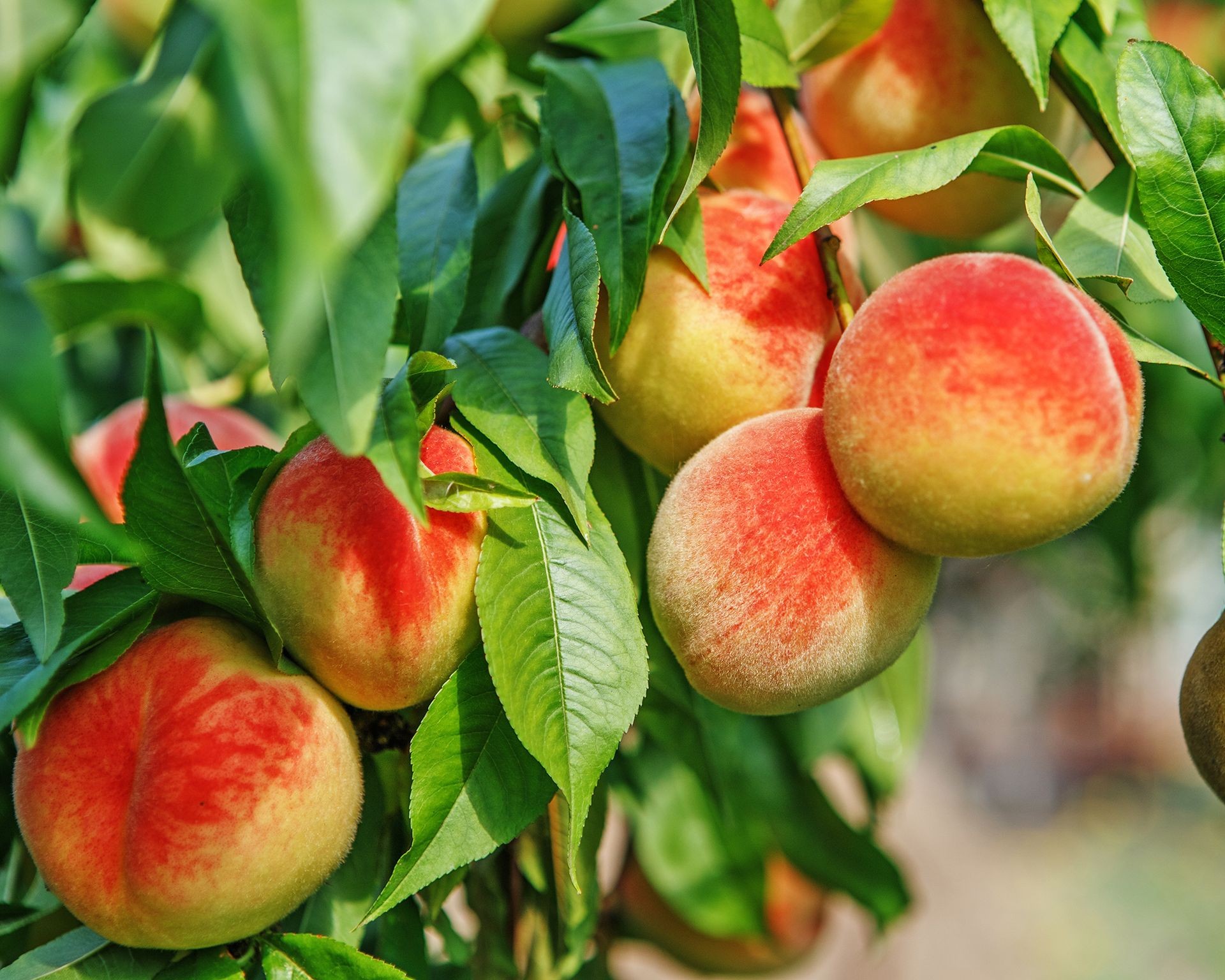 Peach tree branches bending under the weight of ripe peaches
Peach tree branches bending under the weight of ripe peaches
Apricots
Similar to peaches, apricots are stone fruits that can thrive when planted as bare roots in the fall. Selecting a variety suited to your specific climate zone is crucial for success. ‘Harcot’ is a good performer in zones 4 through 9, known for its disease resistance. For juicy, sweet fruit in zones 4 through 8, ‘Moorpark’ is a popular choice. ‘Puget Gold’ offers an intense flavor profile and is appropriate for zones 5 through 9. Apricot trees are relatively low-maintenance once established. Providing early staking for support and covering the root zone with compost or mulch will help retain moisture and protect the nascent root system.
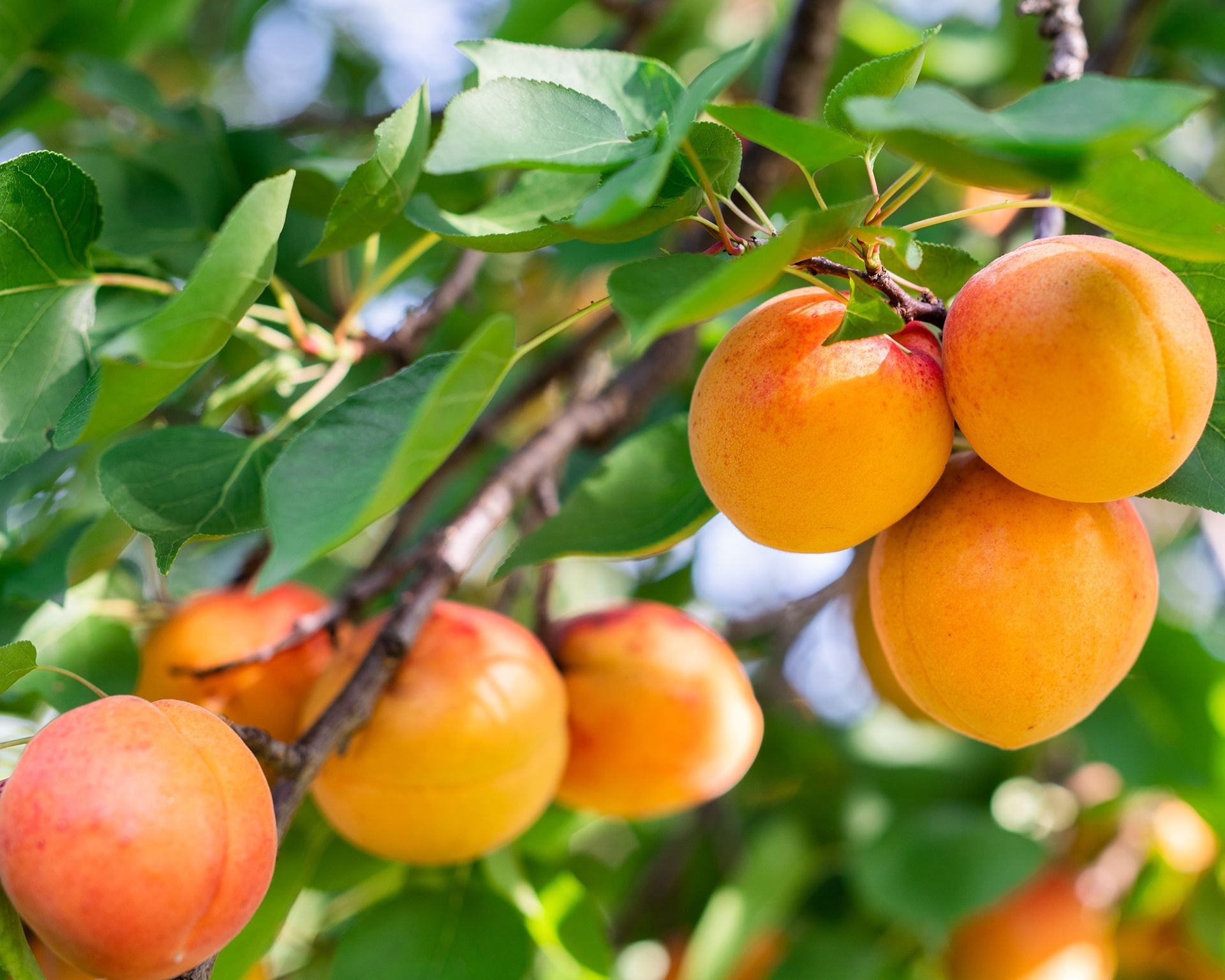 Apricot tree heavily laden with ripening golden fruits
Apricot tree heavily laden with ripening golden fruits
Plums
Plums are often cited as one of the easiest fruit trees for beginners, making them a fantastic addition to a home orchard via fall bare-root planting. European plum varieties are generally quite hardy and are often self-fertile, meaning you only need one tree to get fruit. Japanese plum varieties are better suited for warmer climates but typically require a second tree for cross-pollination. American-produced hybrids are known for their exceptional hardiness, though they also usually need a pollinator. Plant plum trees in well-drained soil. Adding a winter guard for trunk protection and mulching generously will support healthy root development throughout the dormant period.
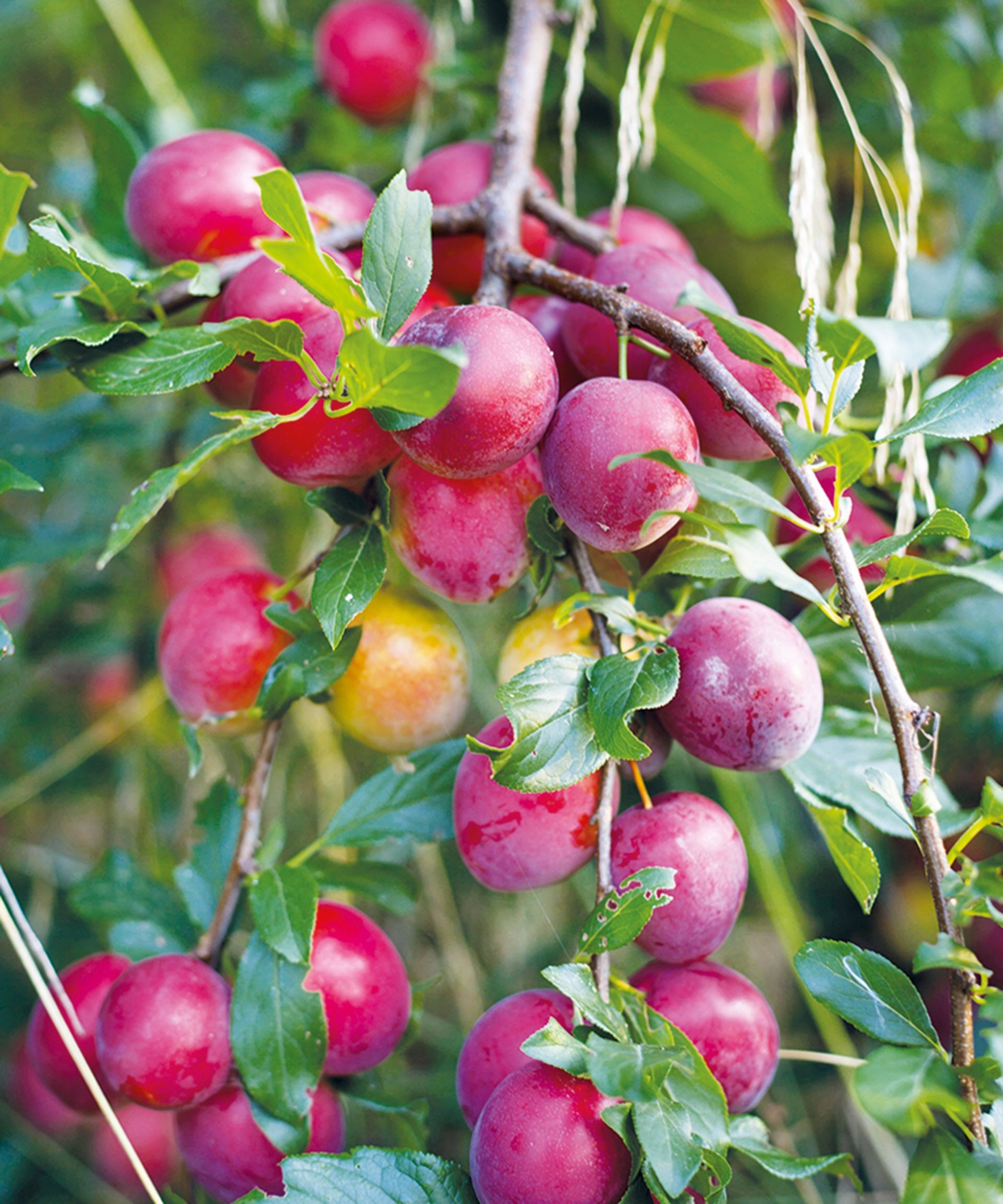 Ripe purple Victoria plums hanging from a branch
Ripe purple Victoria plums hanging from a branch
Cherries
For those seeking a smaller stone fruit, cherry trees are a delightful option. Sweet cherry varieties generally perform best in zones 5 through 7, while tart cherries are slightly more cold-tolerant, thriving in zones 4 through 6. ‘Sunburst’ is a self-fertile sweet variety producing wonderfully dark fruit. The ‘Sylvia’ cherry offers a sweet taste on a compact tree, ideal for smaller gardens. For a classic tart cherry, consider ‘Morello’. Protecting the roots from frost with mulch is important, and ensuring your chosen variety receives its required winter chill hours is essential for future flowering and fruit set.
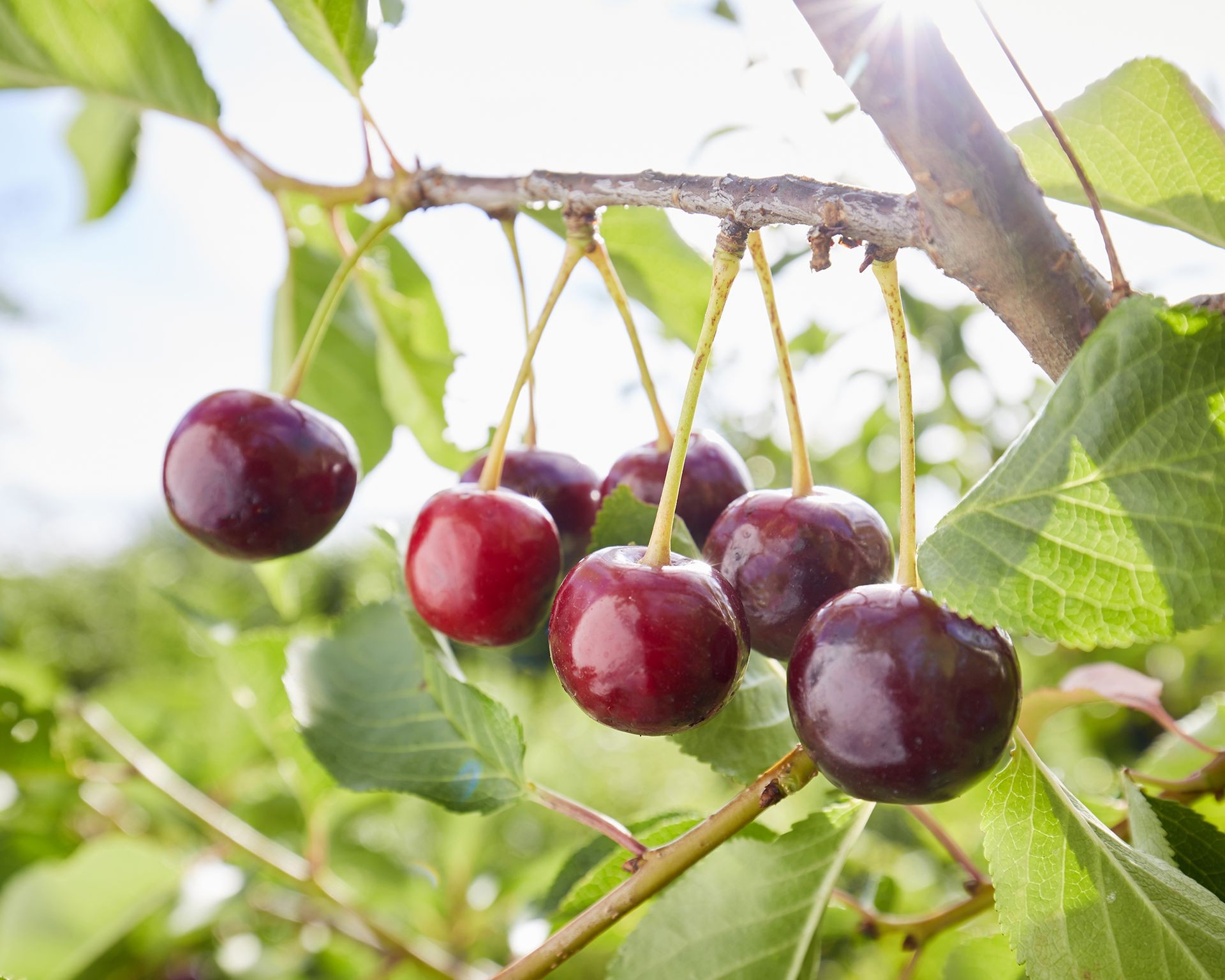 Bright red cherries ripening on a cherry tree
Bright red cherries ripening on a cherry tree
Persimmon
Though perhaps less common in some Western gardens, a perfectly ripe persimmon is a truly exquisite fruit. American persimmon trees are remarkably hardy and can be grown in climates as cold as USDA zone 4. Japanese persimmons are better suited for milder climates. Both types benefit significantly from being planted in early fall, giving their root systems ample time to settle into the ground before the challenges of the season.
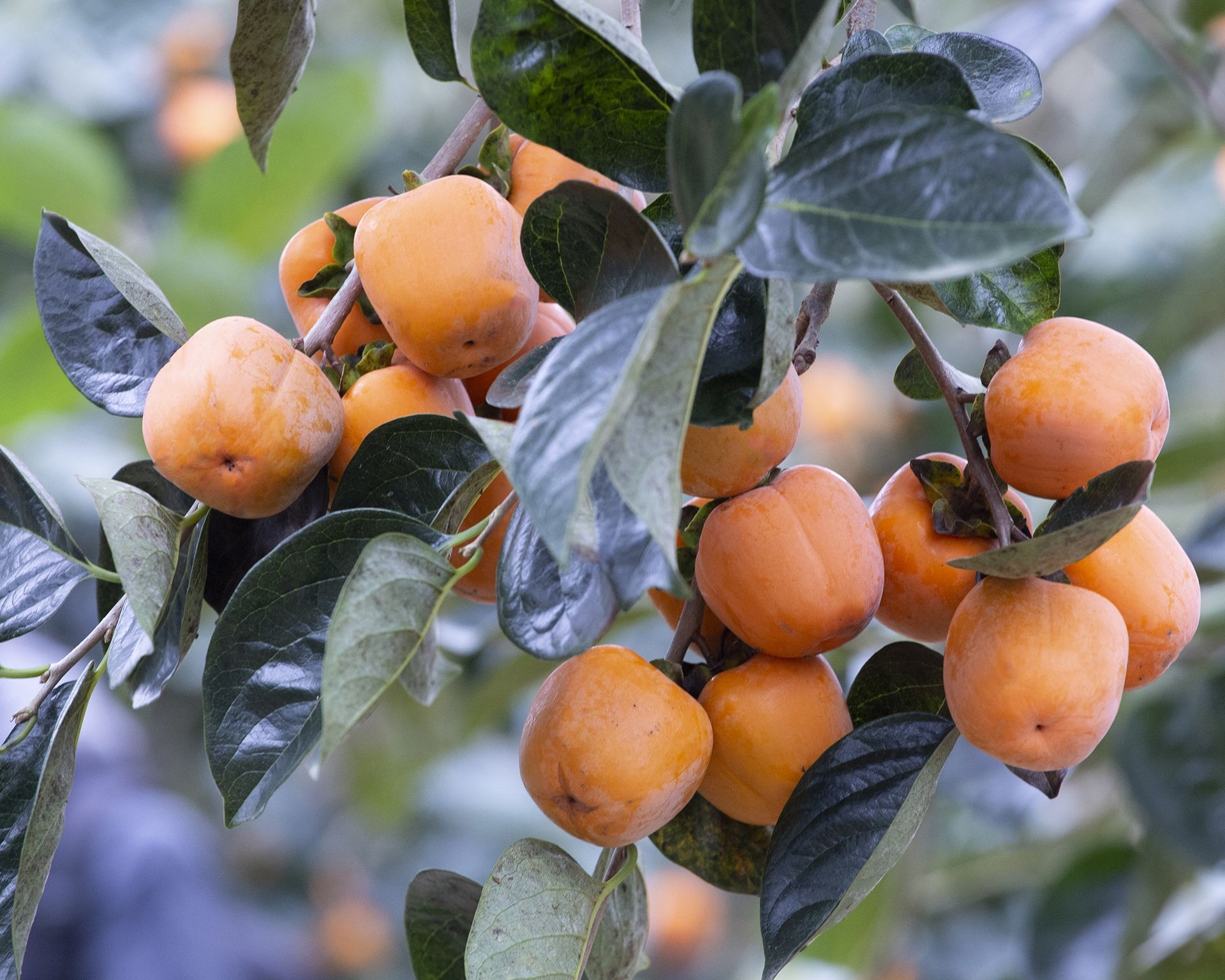 Ripe orange persimmon fruits hanging from a tree branch
Ripe orange persimmon fruits hanging from a tree branch
Pawpaw
An often-overlooked native North American tree, the pawpaw offers a unique fruit with a flavor often described as a tropical blend of banana, mango, and custard. Pawpaws are well-suited for growing in zones 5 through 8. Their native status contributes to their general ease of cultivation. Adding a substantial layer of mulch around the base after fall planting is highly beneficial for promoting robust root development throughout the winter months.
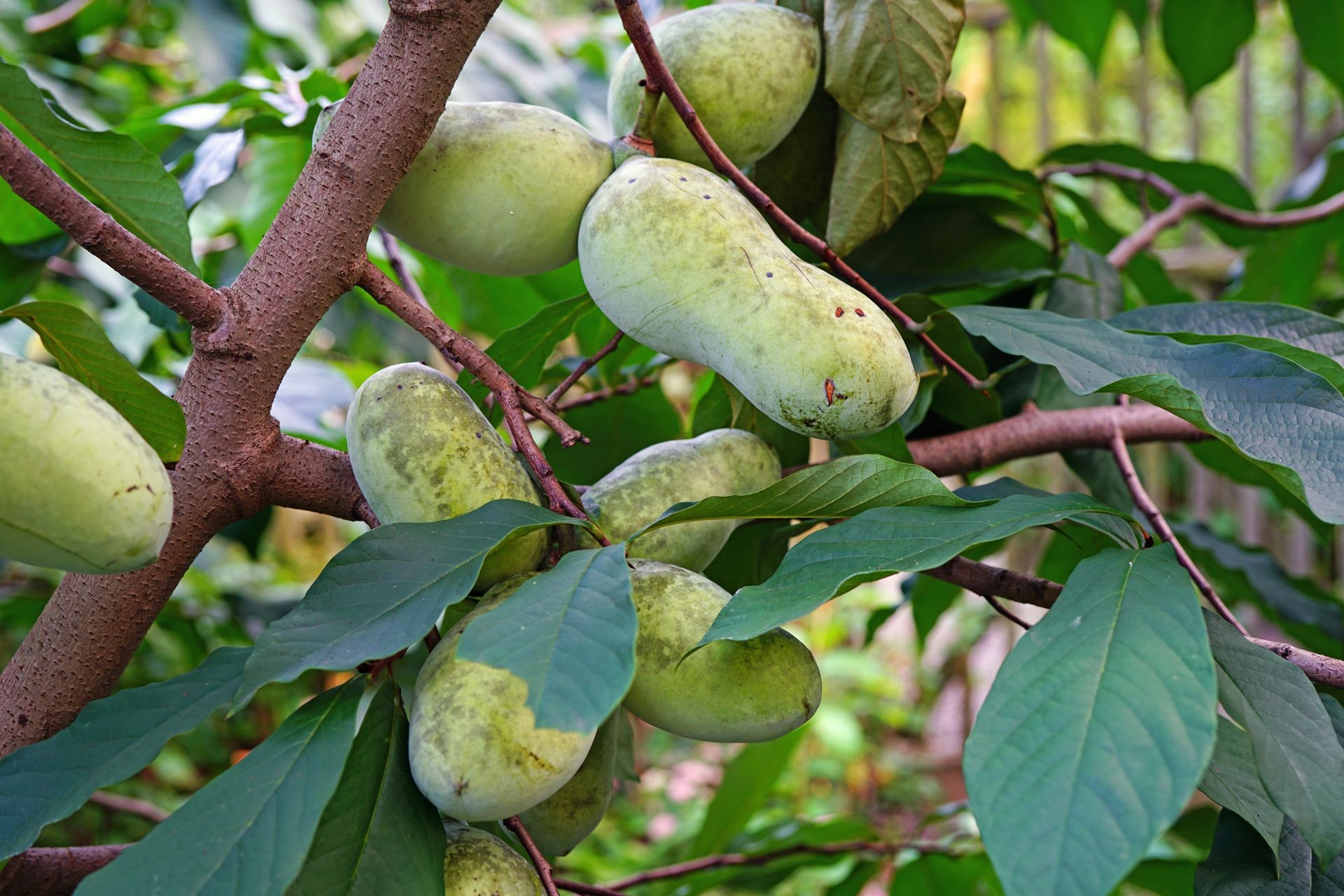 Clusters of green pawpaw fruits on a tree
Clusters of green pawpaw fruits on a tree
Planting bare-root fruit trees in the fall, when appropriate for your zone, offers a compelling path to establishing healthy, productive trees with a head start. By providing proper care from the moment they arrive, you set the stage for future seasons of abundant harvests. Choosing the right tree for your location and giving it the best possible start ensures years of enjoyment from your home orchard. Explore the possibilities and find the perfect bare-root additions for your garden with guidance and products available from Biogarden.asia.



